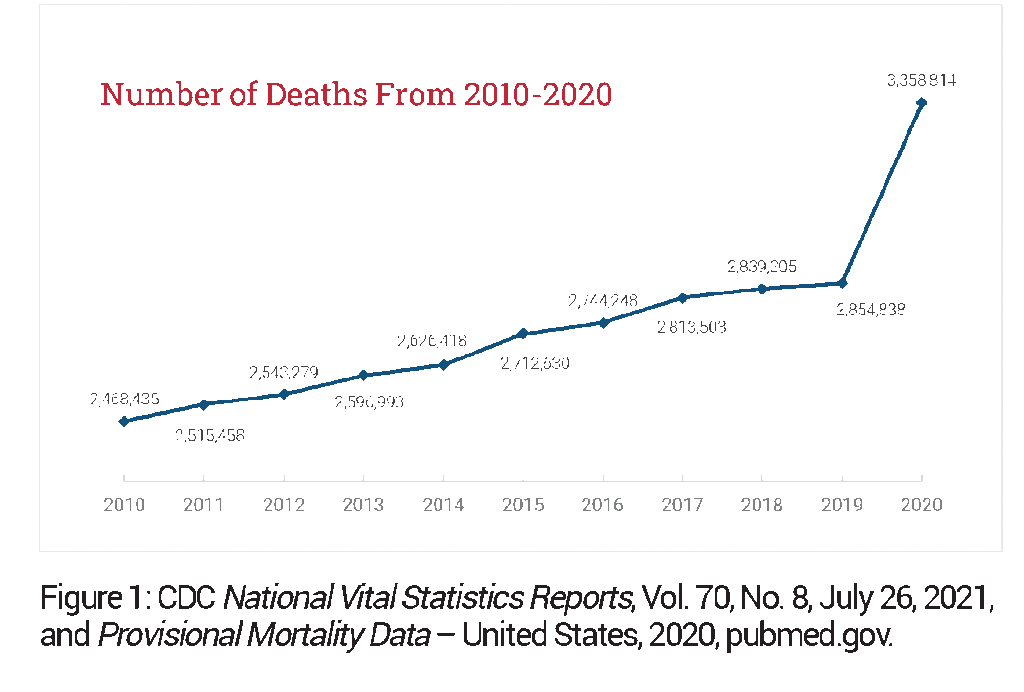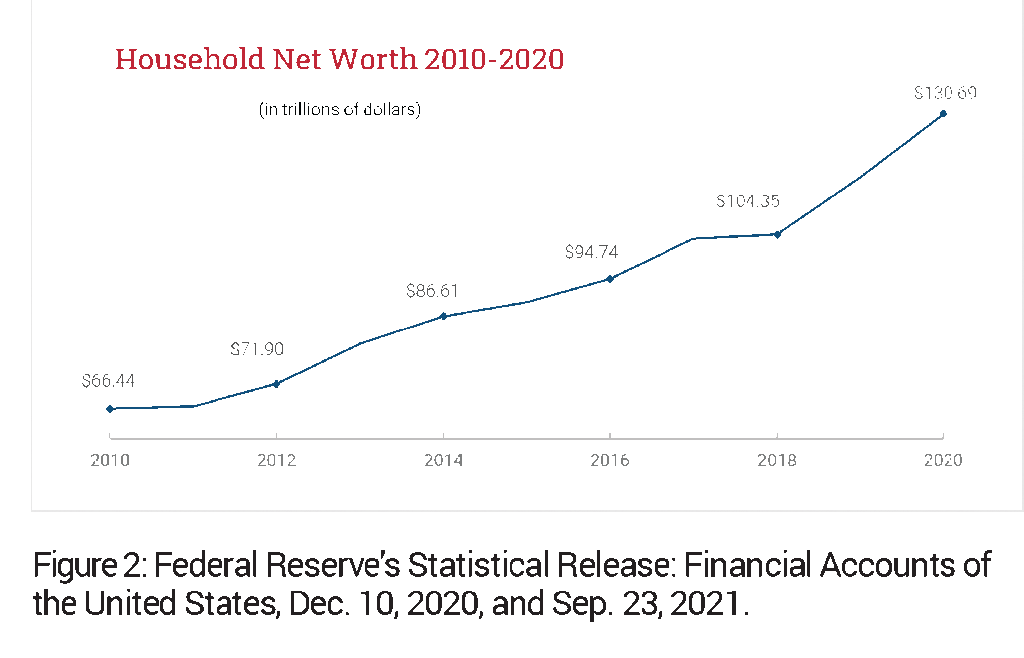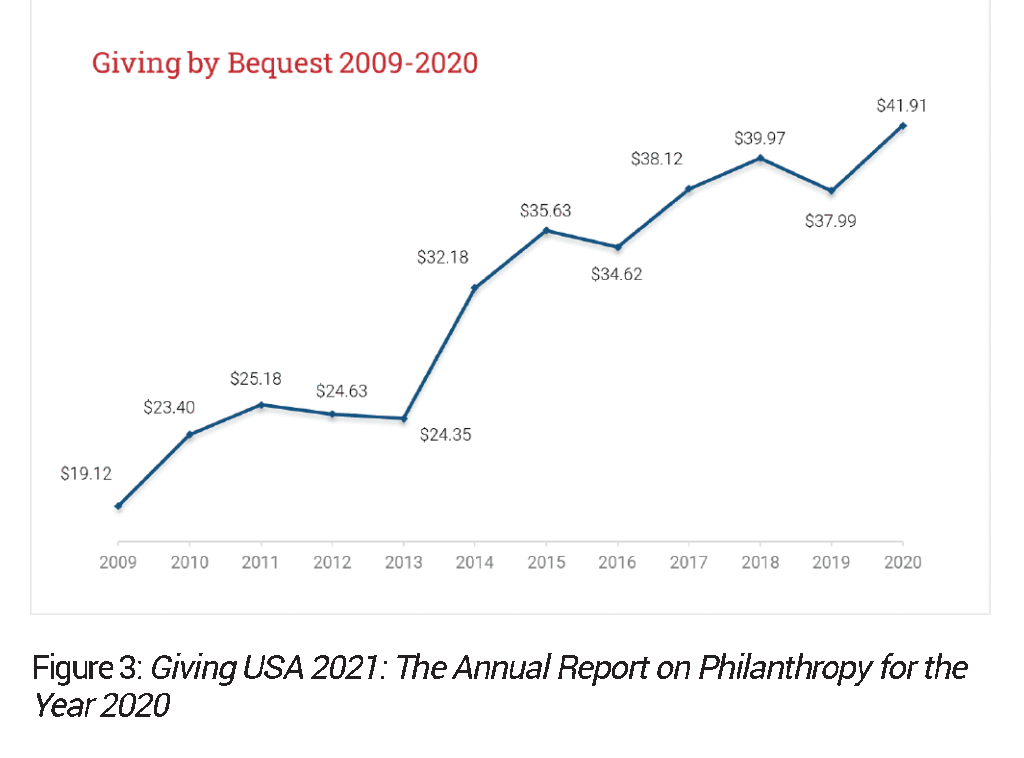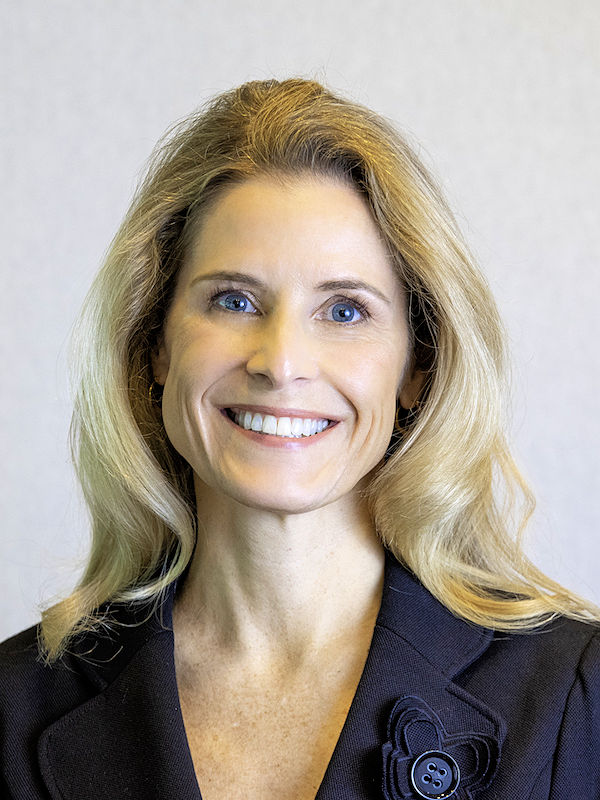For more than 30 years, fundraising professionals and other advisors have anxiously awaited the Great Wealth Transfer that promised an unprecedented philanthropic, economic and demographic shift as older generations passed their wealth to younger ones—and to their favorite charities.
The most widely followed studies came from Cornell University and Boston College. Both studies projected estate transfers over 20- and 55-year periods, and unfortunately both failed to meet the low-range forecast for the 20-year panels, disappointing many in the philanthropic world.
Time to revisit the wealth transfer
Maybe the third time really will be the charm. The largest wealth transfer in U.S. history has already occurred over the past 30 years, and the next 25 years should easily eclipse those amounts. The earlier studies both predicted the bulk of the wealth transfer would occur in the second half of the longer 55-year panels, and the majority of the estate transfers would be made in the final eight to ten years of those panels.
Why now?
After a slow start that was impacted by a decade of relatively flat death figures between 2010 and 2020 (see Figure 1) and several recessions, the number of annual deaths and household wealth began rising (see Figure 2) and have pushed charitable bequests to record levels this past decade (see Figure 3).
Is the best yet to come?
If U.S. projected deaths continue to grow, household wealth holds at current levels—or grows—and charitable decedent demographics are stable, the Great Wealth Transfer will continue, but not every charity will benefit equally. Some nonprofit organizations will receive transformational gifts, and others will receive little or nothing.
How will things develop?
Next year, the oldest Baby Boomers begin turning 76, and the most charitable bequests nationally come from those who are dying over age 75. In order to actually increase realized charitable gifts over the next five to ten years, you may want to focus on your charitable bequest marketing and communications on your oldest, most loyal donors, and tailor your messaging based on their preferences to create an age-appropriate ARC of Engagement. If you would like a complimentary program assessment, contact your Sharpe consultant. ■
Kristin Croone is a Sharpe Group senior consultant with experience in donor stewardship as well as tax and estate planning law. She contributes regularly to the Sharpe Group blog and Sharpe Insights.






